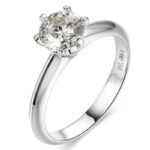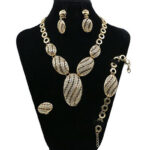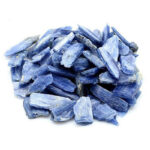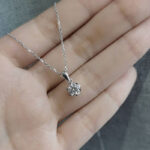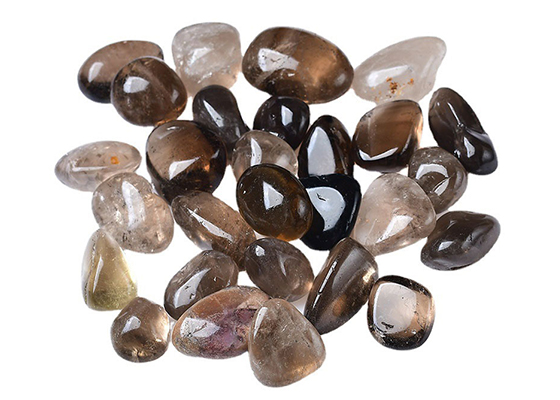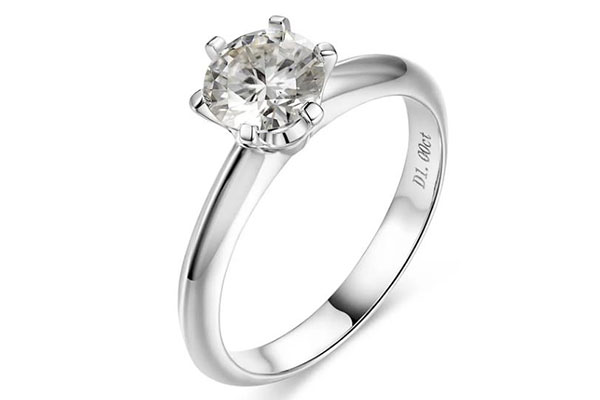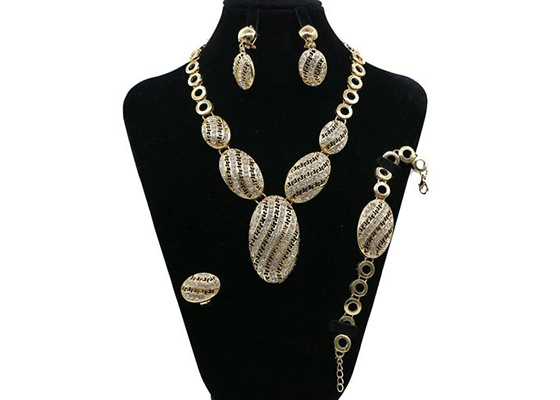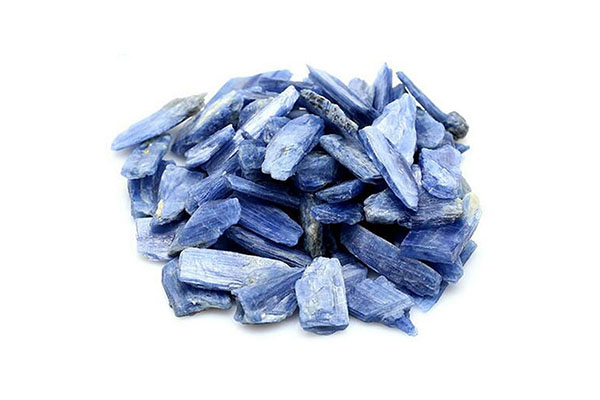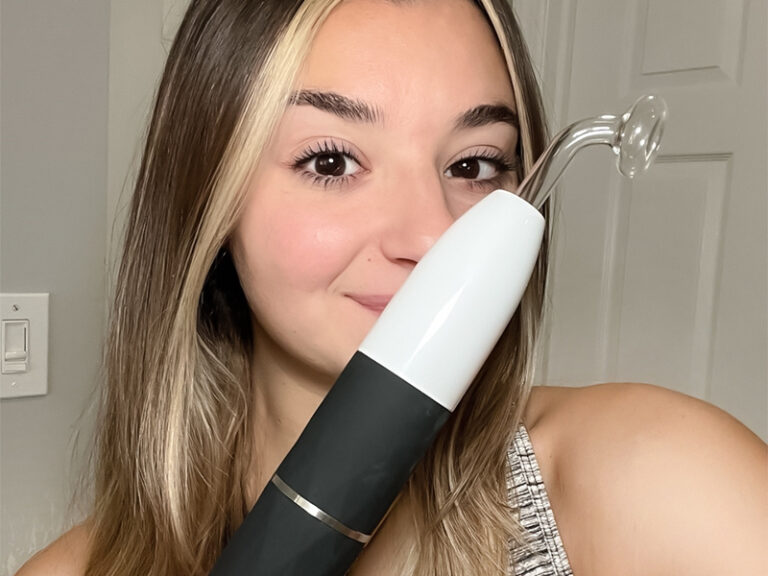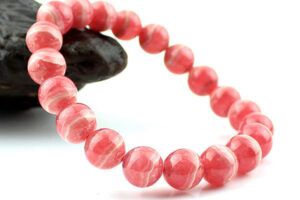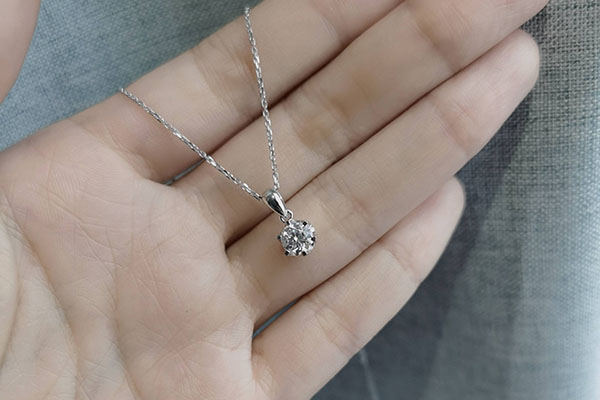Gemstones have been prized for their beauty and rarity for thousands of years. Among the many types of gemstones available, smoky topaz and smoky quartz are two that are often compared due to their similar names and appearance. However, they are not the same gemstone and have distinct differences in composition, properties, uses, and value. In this post, we will explore the key characteristics of smoky topaz and smoky quartz and help you understand how to tell them apart.
Composition and Properties
Smoky Topaz
Smoky topaz is a variety of topaz that has a brownish or grayish hue due to the presence of iron impurities. Topaz is a silicate mineral that has the chemical formula Al₂SiO₄(F,OH)₂, with aluminum, silicon, oxygen, fluorine, and hydroxide ions. Topaz has a hardness of 8 on the Mohs scale, making it a durable and suitable gemstone for jewelry. Smoky topaz can have a specific gravity (density) ranging from 3.49 to 3.57, and a refractive index of 1.609 to 1.643. Smoky topaz can be found in various locations around the world, including Brazil, Russia, Sri Lanka, and the United States.
Smoky Quartz
Smoky quartz is a variety of quartz that has a brownish or grayish hue due to the presence of aluminum impurities and natural irradiation. Quartz is a mineral that has the chemical formula SiO₂, with silicon and oxygen ions. Quartz has a hardness of 7 on the Mohs scale, which is slightly lower than topaz but still considered hard enough for jewelry. Smoky quartz can have a specific gravity ranging from 2.65 to 2.91, and a refractive index of 1.544 to 1.553. Smoky quartz is found in many regions around the world, including Brazil, Madagascar, Scotland, and the United States.
Color and Transparency
Smoky Topaz
Smoky topaz has a range of colors from light brown to dark gray, with variations in hue depending on the amount and type of iron impurities. The color of smoky topaz can be enhanced through heat treatment or irradiation, but this can also affect its clarity and transparency. In general, smoky topaz has good transparency and can exhibit a vitreous (glassy) luster.
Smoky Quartz
Smoky quartz has a range of colors from light brown to dark gray, with variations in hue depending on the amount and type of aluminum impurities and natural irradiation. The color of smoky quartz can be enhanced through heat treatment, but this can also affect its transparency and cause it to become cloudy or brownish. Smoky quartz has good transparency and can exhibit a vitreous or greasy luster.
Cutting and Shaping
Both smoky topaz and smoky quartz are popular crystals for wholesale rings and can be cut and shaped in a variety of ways to enhance their beauty and value. The techniques and tools used to cut and shape these gemstones are similar to those used for other faceted and cabochon gemstones. Some of the popular cuts and shapes for smoky topaz and smoky quartz include:
- Faceted: This cut involves creating flat, polished surfaces on the gemstone to reflect light and create sparkle. The number and arrangement of the facets can vary depending on the desired effect and the shape of the rough stone.
- Cabochon: This cut involves shaping the gemstone into a smooth, rounded dome with a flat base. This cut is often used for opaque or heavily included gemstones like smoky quartz, as it can enhance the play of light and color within the stone.
- Briolette: This cut involves creating a teardrop or pear-shaped gemstone with multiple facets around the perimeter. This cut is often used for earrings or necklaces where the gemstone can sway and catch the light.
The cut and symmetry of a smoky topaz or smoky quartz can greatly affect its appearance and value. Gemstones with excellent clarity and cut are more valuable and sought after in the market.
Uses and Market Value
Smoky Topaz
Smoky topaz is a popular gemstone for jewelry, particularly in engagement rings, necklaces, and earrings. The brownish-gray color of smoky topaz can complement many skin tones and styles, making it a versatile and affordable option. Smoky topaz is also used for decorative objects, such as vases and figurines. The market value of smoky topaz varies depending on its size, clarity, and cut, but it is generally less expensive than other types of topaz or gemstones. Smoky topaz can cost anywhere from $10 to $50 per carat, depending on the quality.
Smoky Quartz
Smoky quartz is a popular gemstone for jewelry, particularly in men’s rings, cufflinks, and pendants. The dark and rugged appearance of smoky quartz is often associated with masculinity and strength. Smoky quartz is also used for ornamental objects, such as carved figurines and spheres. The market value of smoky quartz varies depending on its size, clarity, and cut, but it is generally less expensive than other types of quartz or gemstones. Smoky quartz can cost anywhere from $5 to $30 per carat, depending on the quality.
Conclusion
Smoky topaz and smoky quartz are two gemstones that share similar names and appearances but have distinct differences in composition, properties, uses, and value. Smoky topaz is a variety of topaz that has a brownish or grayish hue due to iron impurities, while smoky quartz is a variety of quartz that has a brownish or grayish hue due to aluminum impurities and natural irradiation. Smoky topaz and smoky quartz can be used for jewelry and decorative objects and can be cut and shaped in various ways to enhance their beauty and value. The market value of smoky topaz and smoky quartz depends on factors such as size, clarity, and cut, but they are generally affordable and accessible gemstones for anyone looking for a unique and earthy look.

